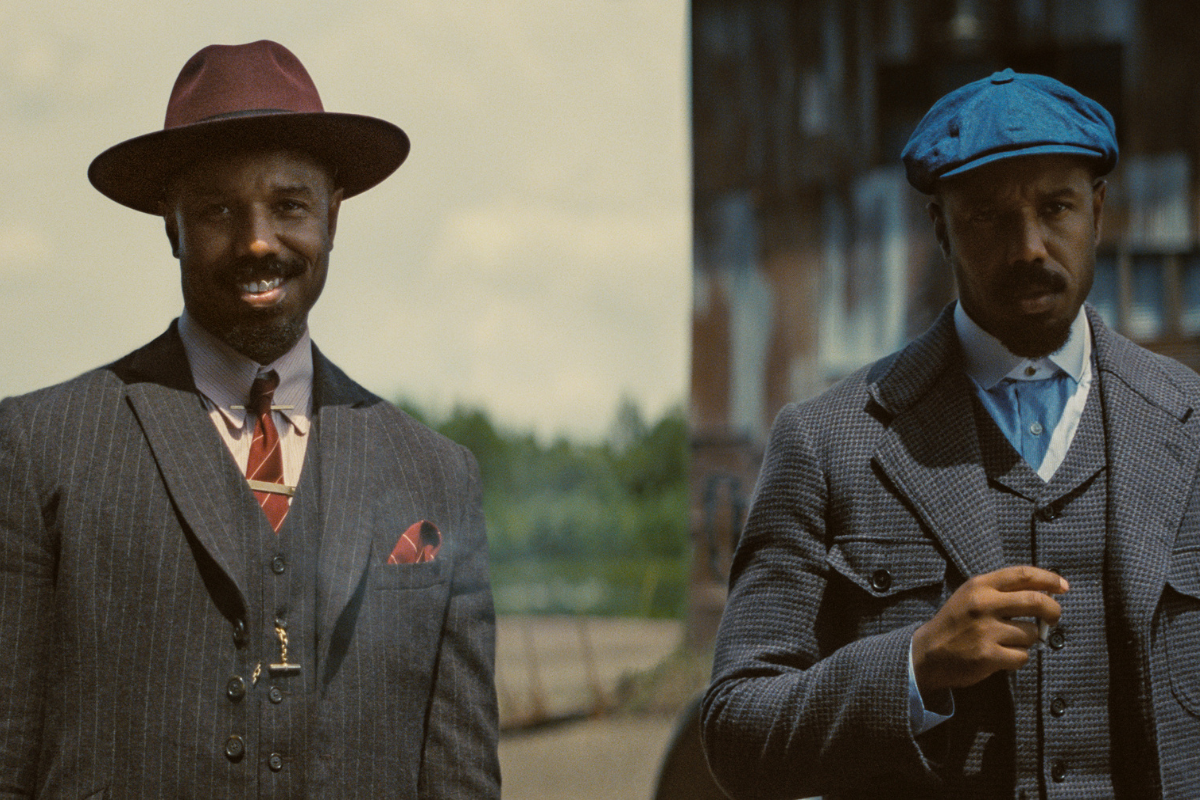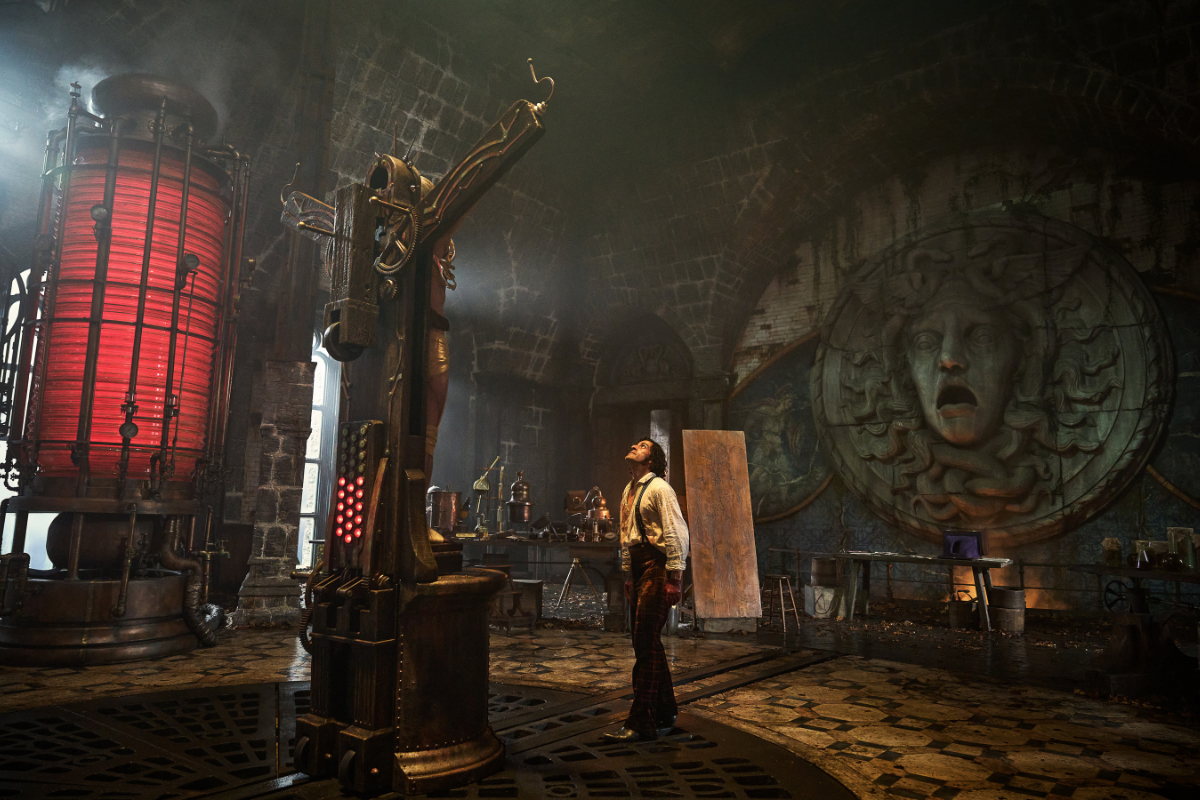Five Screenwriting Lessons from the Geniuses of TV Comedy
From her interviews with more than 50 legendary comedy screenwriters, author Paula Finn offers the top five takeaways to make your comedy great.
For my book Sitcom Writers Talk Shop: Behind the Scenes with Carl Reiner, Norman Lear, and Other Geniuses of TV Comedy, I had the honor of interviewing over 50 successful comedy screenwriters. I chose this book subject because my dad was a TV comedy writer and I wanted to hear other writers’ career experiences and perspectives.
What did I learn from these masters? Here are the top five takeaways:
1. Get real.
The single piece of advice given most often by the writers was simply, to tell the truth. Carl Reiner believes the truth of the material and of the actors is critical to any show’s success. In his words, “Once in a while you get a fanciful idea for a show and sometimes that carries it for a time…but really, there’s nothing better than the truth.”
When The Dick Van Dyke Show writers came into his office to pitch ideas, Carl would say, “Tell us what happened in your house lately…and we can turn it into funny.” Some of their best episodes came from the writers’ personal experiences.
Bill Persky adds, “On The Dick Van Dyke Show, those characters wouldn’t do anything you wouldn’t do. Everybody could identify with the people in it and find a piece of themselves. There was a recognizable human behavior in everything that happened.”
Everybody Loves Raymond creator Phil Rosenthal makes the same point: “…As long as you stay in the real world, in the world that’s believable and relatable…then you really can’t go wrong.” You can write about real life, and real life is funny enough. On Raymond they had one rule in the writers’ room: “Could this happen?”
Norman Lear always told his writers to pay attention to what was going on in their homes and with their families. “Scrape the barrel of your experience,” he’d say. “That’s what’s gonna feed us.”
2. Know your characters.
Hal Kanter uses a favorite anecdote to illustrate the importance of knowing your characters. His story is from the Amos ‘n’ Andy radio show, but it applies equally to screenwriting: “All of the writers were sitting in the room with the actors putting together the final script. And we were trying to get a line for the Kingfish; nobody was happy with the line that we had. Everybody was throwing lines back and forth, back and forth. It was a large group of writers, all of whom were excellent, and nobody came up with a line. I finally turned to Freeman Gosden who was the headman and also played the part of the Kingfish. I said, “If the Kingfish himself were to come into this room right now and you were to explain to him what the problem was, what do you think he would say?” And Freeman immediately shifted into the character and he said, “Well, boy” — whatever the line was — and we all fell down laughing. That was the perfect line! Even Freeman himself was startled by the fact that that character had come out of nowhere. That was a lesson we all learned; you have to know your characters before you sit down and write. And he knew his so well that the Kingfish actually came alive.”
Norman Lear went even deeper: for every character that entered, he wanted the writer to know what was on that person’s mind: “…what was making them unhappy, what was making them happy…whether the person had to tie a shoelace, or had indigestion, or didn’t get enough sleep last night, or needed to fart, or was upset with his child or… I wanted the writer to know what was on the character’s mind, not just what they said to the convention of speaking as they were entering a room, but what was behind that. In other words — something is on his mind, whatever it is. Know what’s on the character’s mind.”
3. Be specific in your characterization.
Related to #2 above is the importance of distinguishing characters from each other. Gillian’s Island creator Sherwood Schwartz felt the increased size of today’s TV writing staffs was a detriment to clearly defined characters. As he explained, “My grandson is a writer on Scrubs. They have 15 writers…and when you get everyone in that room together, you’re going to throw a joke in to prove your worth. A joke is the easiest thing to do.
So the show’s theme expands to incorporate these jokes, and the jokes aren’t necessarily from the same kind of sensibility — so the characters start to shift a little bit to incorporate all these sensibilities…and it gets away from character. I’ve always said if you’re a good writer, you should be able to remove the name of who says what line in your script, and your show should be so well-defined that anybody can recognize that that’s a line only Gilligan would say, and not Mary Ann.” Sherwood’s daughter uses the term “homogenized television” — where everybody is kind of the same. No — you want to distinguish characters and celebrate their differences!
4. Take story seriously.
“Story always drives you nuts!” says James L. Brooks. “If you have a good story, other people can make it funny invariably.”
Elliot Shoenman feels the same. “We had readings on Home Improvement where the first act would really be funny, and then in the second act there’d be very few laughs. I’d always wonder how we got so less funny in the second act! And it generally was because we were off story.”
As showrunner, Elliot’s priority was to get the story right first. He’d tell his writers, “Between all of us, we’ll get the comedy as we go” — though it wasn’t always easy to convince them. As he explains, “The sooner you can get the story right, be it a simple story on a sitcom, or a more complicated story — the easier the week will be from the standpoint of making the show really good and finding the really good humor in it. This is because most of your time goes into layering, polishing, and making moments or attitudes better — as opposed to redoing stories. Redoing stories kills you after Day 1 or Day 2 on a show.” The bottom line: “Get the story right and the characters right and the character development right — and the comedy will come off of that.”
5. You gotta have heart: The power of drama in comedy.
When attempting to explain the success of The Simpsons, Producer Mike Reiss feels, “The key thing on The Simpsons is you’ve always got to have some heart in there. But not too much…If you throw in 25 seconds of emotion right at the end — if Homer can be a goof the whole show and then suddenly realize he’s been bad — that will be very powerful to people.”
Phil Rosenthal thinks the poignancy of something beautiful expressed by two people “grounds them as characters; it grounds them as believable. Because we’re not just ha-ha funny all the time.”
Soap writer Stu Silver says, “If everything’s funny — nothing’s funny. Humor has to have sadness. Or at least, some poignancy.”
Taxi and Cheers writer Ken Estin tells his students an episode will be better “if the show has heart, if it has a soul, if it has those human elements that are so precious to us…I always thought about finding a really human moment, a really touching moment.” But you can’t do it all the time, because then people start predicting it; it starts getting old if someone does something sweet in every episode.
And how do writers integrate the drama or emotion with the humor? In David Isaacs’ view, “It depends on whether or not the characters and story have a capacity to deal with real issues and real humanity.” He uses Frasier as an example: “The show Frasier was able to do that because the feelings between Martin and Frasier were so strong, and they were such opposites in who they were that their clashes and conflicts could come down to very real father-son attitudes. You could actually have a moment that was fairly dramatic — not for long — but you wouldn’t worry about getting a laugh.”
“It’s kind of a gut thing,” says Elliot Shoenman. “The first thing is, it has to be truthful; it can’t be a joke. It has to come out of character and you have to just look for it in the right places.”
David Isaacs adds, “The writers really have to set up the conflict very carefully so when that moment comes — it doesn’t feel like it’s coming out of the blue.”
###
Cast of characters (in alphabetical order):
James L. Brooks: Room 222 (Creator), Mary Tyler Moore (Co-Creator), Taxi (Co-Creator), The Tracey Ullman Show (Co-Creator), The Simpsons (Co-Developer)
Ken Estin: Taxi, Cheers, The Tortellis (Creator), The Tracey Ullman Show (Creator), Almost Perfect
David Isaacs: M*A*S*H, Mary (Co-Creator), The Simpsons, Wings, Cheers, Almost Perfect (Co-Creator),
Becker, Frasier
Hal Kanter: (1918-2011) The Ed Wynn Show, The George Gobel Show, The Milton Berle Show, Valentine’s Day, Julia (Creator), All in the Family
Bill Persky: The Dick Van Dyke Show, That Girl (Creator), Kate & Allie
Carl Reiner: Your Show of Shows, Caesar’s Hour, The Dinah Shore Chevy Show,
The Dick Van Dyke Show (Creator), The New Dick Van Dyke Show (Creator), Lotsa Luck (Co-Creator)
Mike Reiss: Sledge Hammer!, The Tonight Show Starring Johnny Carson, ALF, It’s Garry Shandling’s Show, The Simpsons, The Critic (Co-Creator)
Phil Rosenthal: Coach, Everybody Loves Raymond (Creator)
Learn more about the craft and business of screenwriting from our Script University courses!
As the daughter of Honeymooners writer Herb Finn, Paula Finn grew up in the culture. She is the author of Sitcom Writers Talk Shop: Behind the Scenes with Carl Reiner, Norman Lear, and Other Geniuses of TV Comedy, published by Rowman & Littlefield and available on Amazon and through Rowman.com. She is also the author of ten inspirational gift books. You can follow her on Twitter: @Talkingcomedy







